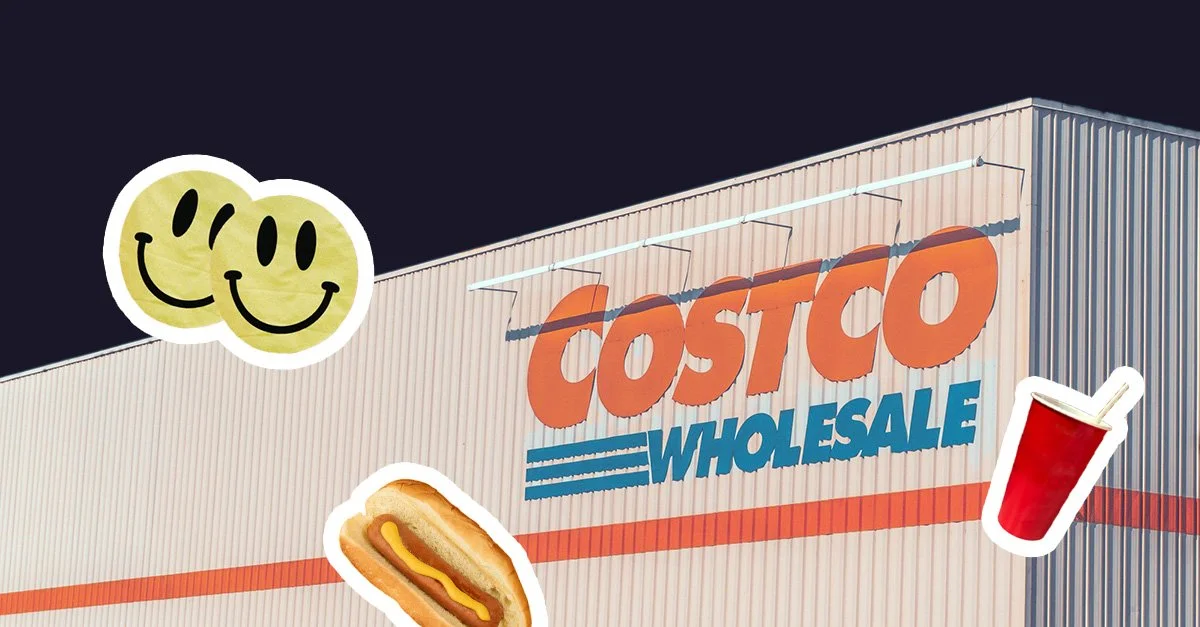How To Create a Culture
3 Lessons From One of The World’s Biggest Retailers
Creating a culture –– and a raving, loyal fandom –– is a feat few brands have been able to accomplish. And one major retailer has done it unlike any other.
When we think of the world’s biggest retailers, our brains automatically go to WalMart and Amazon, but somehow we always forget about the place where you can buy a 6-month supply of toilet paper, an autographed Magic Johnson jersey, and a 72-pound wheel of Parmigiano Reggiano all in one Sunday afternoon. All at a great price.
Yep. We’re talking about the almost-mythical superstore, Costco.
Costco’s success remains a mystery to many. With professors from the world’s most prestigious business schools hypothesize about how the wholesaler is able to create such a faithful following, often citing complex strategies that target the deepest parts of the human psyche. But we believe it’s all way more simple than that.
After doing our own research and diving into their unique (almost exclusive) culture –– here are three lessons we pulled straight from the shelves of this retail giant.
Lesson 1: Put People First
If you want happy customers, you need happy employees. There’s no way around it. Nobody wants a shopping experience with a bunch of grumpy, inattentive (and underpaid) customer service reps moping around. Costco famously pays their people a generous wage ($26/hr). And the opportunity for growth is unprecedented –– many top-level execs were once baggers and cart handlers. Not to mention the glorious benefits package they offer. Some shareholders have said that the company was “overly generous” to their employees.
But luckily, Costco cares more about their customers and employees than they do the shareholders. In the beginning, the store was actually losing money until it picked up steam, with stock ultimately growing 17% year-over-year since 1983.
When you put your customers and your staff first, results are sure to follow. It’s a shame how many companies can’t get this part right.
Lesson 2: Lead With Trust & Transparency
Ever heard of inflation? Because Costco’s hotdog sure hasn’t. Since 1985, their hotdog and soda combo meal has been $1.50, and for many, this is the highlight of the visit. This is the type of reliability and consistency it takes to build trust with an audience.
With products that are marked up no more than 15% (compared to the 50% markups of most other retailers), corporate greed seems almost nonexistent within the walls of the warehouse. That’s the kind of dedication to customer satisfaction that keeps them ranked as one of the most trustworthy corporations in the world.
Lesson 3: Be Unexpected
Despite their consistency and reliability, a trip to Costco provides an adventure full of unexpected treasures every time. You may come for a 3-month supply of Lucky Charms but leave with a sweet deal on a vending machine.
From survivalist gear to golf simulators to $55,000 earrings, the retail conglomerate knows how to use surprising (even edgy) inventory to keep customers coming back time and time again.
In Conclusion
As marketers, we understand these lessons may sound archaic and even basic, but the dedication to these philosophies that Costco has displayed is living proof that they work.
As an agency that specializes in connecting with cultures all over the globe, we know what it takes to build a culture. So if you’re looking to create a long-term growth strategy that turns your brand into its own culture –– we’d love to meet.
Check out how we tap into deep cultural insights to connect brands with new audiences here.

